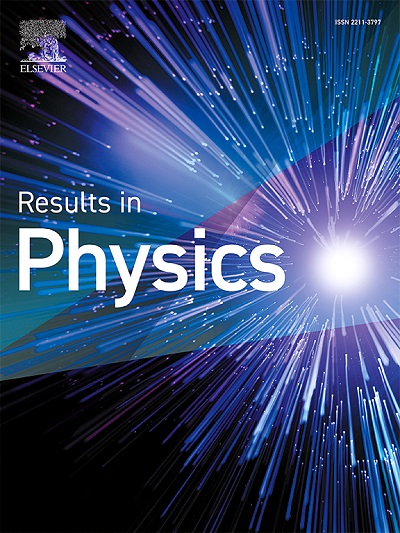Machine learning algorithms for predicting the photoionization cross section of CdS/ZnSe core/shell spherical quantum dots surrounded by dielectric matrices
IF 4.4
2区 物理与天体物理
Q2 MATERIALS SCIENCE, MULTIDISCIPLINARY
引用次数: 0
Abstract
In this study, we explore the prediction of the photoionization cross section (PCS) of CdS/ZnSe core/shell spherical quantum dots (CSQD) surrounded by different dielectric matrices. The quantum dot systems, embedded in polyvinyl alcohol (PVA), polyvinyl chloride (PVC), and silicon dioxide (SiO2) matrices, were modeled under varying core-shell dimensions and dielectric environments. Our findings show that the resonant peak of the PCS experience a redshift with improvement in their amplitude in the case of the PVA matrix, while in the case of the PVC and SiO2, the magnitude of the PCS is reduced and their resonant peak suffers a blueshift. Three different machine learning algorithms were used to estimate the photoionization cross-section, namely Artificial Neural Networks (ANN), Decision Trees (DT), and Random Forest Regressors (RFR). Among these, Random Forest Regression proved to be the most successful algorithm, particularly for the SiO2 matrix, achieving exceptional performance with the coefficient of determination = 0.999 Mean Squared Error and the Root Mean Squared Error . While DT exhibited lower MSE, MAE, and RMSE than ANN in the SiO2 matrix, ANN showed potential in capturing more complex nonlinear relationships. These results demonstrate the superior predictive capabilities of RFR and highlight the applicability of machine learning in modeling quantum dot systems. This work offers valuable insights into the optimization of optoelectronic device design through accurate and efficient computational methods.
求助全文
约1分钟内获得全文
求助全文
来源期刊

Results in Physics
MATERIALS SCIENCE, MULTIDISCIPLINARYPHYSIC-PHYSICS, MULTIDISCIPLINARY
CiteScore
8.70
自引率
9.40%
发文量
754
审稿时长
50 days
期刊介绍:
Results in Physics is an open access journal offering authors the opportunity to publish in all fundamental and interdisciplinary areas of physics, materials science, and applied physics. Papers of a theoretical, computational, and experimental nature are all welcome. Results in Physics accepts papers that are scientifically sound, technically correct and provide valuable new knowledge to the physics community. Topics such as three-dimensional flow and magnetohydrodynamics are not within the scope of Results in Physics.
Results in Physics welcomes three types of papers:
1. Full research papers
2. Microarticles: very short papers, no longer than two pages. They may consist of a single, but well-described piece of information, such as:
- Data and/or a plot plus a description
- Description of a new method or instrumentation
- Negative results
- Concept or design study
3. Letters to the Editor: Letters discussing a recent article published in Results in Physics are welcome. These are objective, constructive, or educational critiques of papers published in Results in Physics. Accepted letters will be sent to the author of the original paper for a response. Each letter and response is published together. Letters should be received within 8 weeks of the article''s publication. They should not exceed 750 words of text and 10 references.
 求助内容:
求助内容: 应助结果提醒方式:
应助结果提醒方式:


